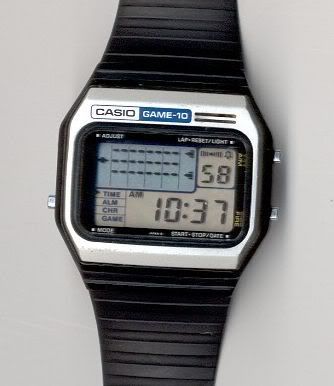Nicholas Carr, writing in The Atlantic, suggests that the Internet is changing the way people think, and specifically interfering with the ability to concentrate:
I can feel it too. Over the past few years I’ve had an uncomfortable sense that someone, or something, has been tinkering with my brain, remapping the neural circuitry, reprogramming the memory. My mind isn’t going–so far as I can tell–but it’s changing…I can feel it most strongly when I’m reading. Immersing myself in a book or a lengthy article used to be easy. My mind would get caught up in the narrative or the turns of the argument, and I’d spend hours strolling through long stretches of prose. That’s rarely the case anymore. Now my concentration often starts to drift after two or three pages. I get fidgety, lose the thread, begin looking for something else to do.
Of course, the idea that emerging communications media change the way people think and perceive the world is not a new one. As Carr notes, Socrates expressed concern about the development of writing, fearing that people would “cease to exercise their memory and become forgetful,” and, worse, that they would be “filled with the conceit of wisdom instead of real wisdom.” Concerns were also raised when the printing press was introduced.
In the early 19th century, a journalist writing about the introduction of the telegraph marveled:
This extraordinary discovery leaves…no elsewhere…it is all here.
Heinrich Heine, living in Paris in 1843, made a similar observation about the coming of the railroads:
I feel the mountains and forests of all countries advancing towards Paris. Already, I smell the scent of German lime-trees; the North-Sea breaks on my doorstep.
Closer to our own time, we’ve seen the introduction of the photography, radio, the phonograph, and television. I’m currently reading Eric Weitz’s Weimar Germany, which has some intereresting comments about the impact of the first three of these innovations. Arnold Schoenberg, for one, was a harsh critic of radio, saying that it “accustoms the ear to an unspeakably coarse tone, and to a body of sound constituted in a soupy, blurred way, which precludes all finer differentiation.” He worried that radio gave music a “continuous tinkle” that would eventually result in a state wherein “all music has been consumed, worn out.”
Weitz quotes Joseph Roth, who lived in Berlin in the 1920s:
There are no more secrets in the world. The whispered confessions of a despondent sinner are available to all the curious ears of a community, which thanks to the wireless telephone has become a pack…No one listened any longer to the song of the nightingale and the chirp of conscience. No one followed the voice of reason and each allowed himself to be drowned out by the cry of instinct.
Roth didn’t much like photography, either:
People who had completely ordinary eyes, all of a sudden obtain a look. The indifferent become thoughtful, the harmless full of humor, the simpleminded become goal oriented, the common strollers look like pilots, secretaries like demons, directors like Caesars.
The Canadian professor Marshall McLuhan wrote famously about the impact of television, arguing that the nature of the medium had an impact entirely separate from any content transmitted–that, for example, Jack Kennedy had won the election against Richard Nixon because TV is a “cool” medium, well-suited to Kennedy’s personality and hostile to that of Nixon. (McLuhan had earlier written about the impact of printing on perceptions and thought processes.)
So, what do you think? Has the Internet had an effect on the way you think–and particularly, on your reading and TV/film watching?



